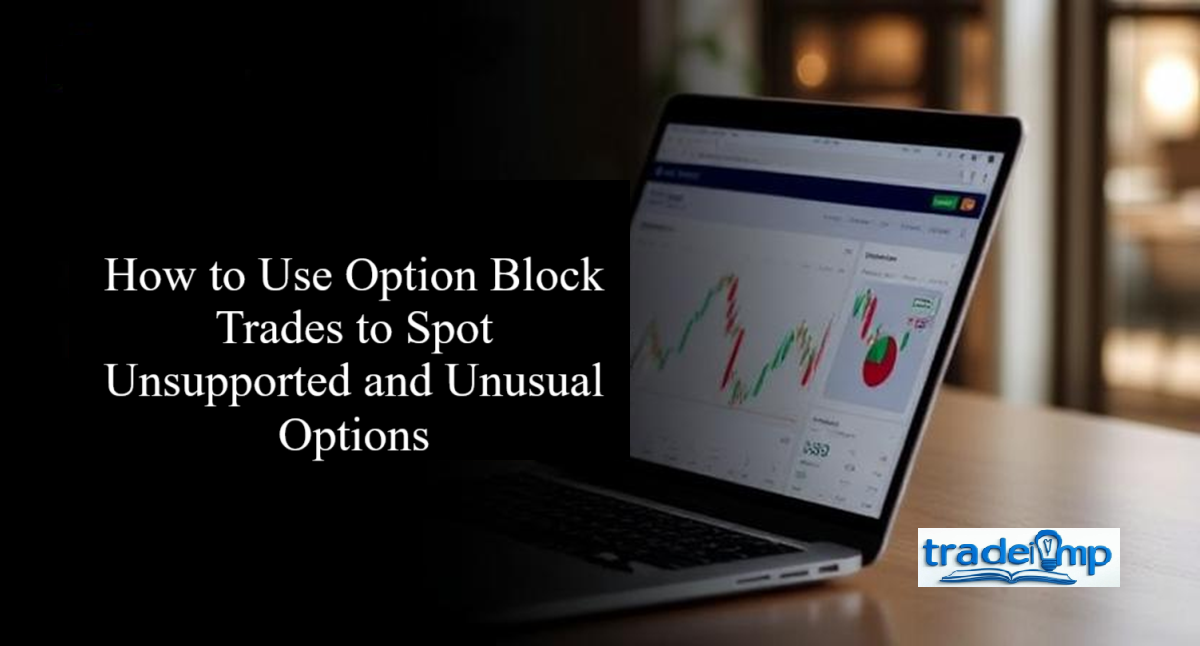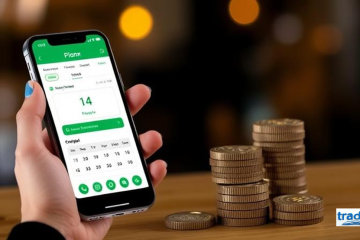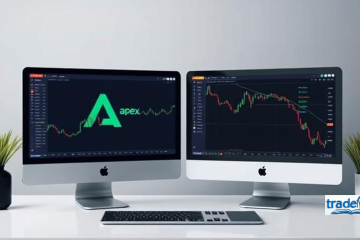The options market is a complex ecosystem filled with both opportunities and risks. One of the most valuable skills for an options trader is the ability to identify unsupported and unusual options using option block trades. These large transactions can provide significant trading insights, but they can also be misleading if not properly analyzed. In this guide, we’ll explore what option block trades are, how they can indicate unsupported and unusual options, and how traders can use this information to make informed decisions.
What Are Option Block Trades?
Option block trades are large option contracts that are privately negotiated between two parties rather than being executed on the open market. These transactions typically occur over-the-counter (OTC) to prevent significant price fluctuations and ensure favorable pricing for institutional investors.
Block trades are usually conducted by hedge funds, mutual funds, pension funds, and other institutional investors with substantial capital. Because these trades are large enough to potentially influence the price of an option, they are closely monitored by active traders who seek to identify patterns and market signals.
Understanding Unsupported and Unusual Options
Before delving into how to spot these options, it’s essential to define them:
- Unsupported Options: These options do not align with the expected movement of the underlying asset or market sentiment. For example, if a stock’s price remains stagnant or declines while there is a surge in call option purchases, those options may be overpriced or speculative.
- Unusual Options: These options trades deviate from typical market behavior due to their size, execution timing, or option type. A significant volume spike in out-of-the-money (OTM) options, for instance, could signal an impending major event that institutional investors anticipate.
How to Use Option Block Trades to Spot Unsupported Options
Identifying unsupported options through block trades requires monitoring transactions that don’t align with market movements or sentiment. Here’s how to do it:
- Monitor Block Trade Alerts
Many financial platforms provide real-time alerts for block trades. Keeping an eye on these alerts can help you identify large transactions as they happen. Focus on trades that seem disconnected from the underlying asset’s price action.
- Compare with the Underlying Asset’s Movement
After spotting a block trade, compare it to the price action of the associated asset. If there is no corresponding movement in the stock price, it may indicate an unsupported option trade. For example, a surge in call option purchases without an increase in the stock price could signal speculative trading.
- Evaluate Market Sentiment
Market sentiment analysis tools, news aggregators, and social media monitoring can help gauge investor sentiment. If a stock has predominantly negative sentiment yet experiences a significant volume of bullish options trades, it could be an unsupported option.
- Analyze Open Interest
Open interest measures the total number of outstanding option contracts for a specific strike price and expiration date. If a block trade shows high volume but low open interest, it could indicate that the trade lacks broader market support, making it an unsupported option.
How to Use Option Block Trades to Spot Unusual Options
Detecting unusual options activity can provide valuable trading insights. Here are key strategies:
- Track Unusually Large Trades
Unusual options activity often involves abnormally large trades in terms of contract volume or dollar value. These could indicate that institutional investors are positioning for a major price move.
- Analyze Volume Spikes
A sudden increase in options volume can signal upcoming news or events. Monitoring volume trends helps identify unusual activity that could impact the underlying asset.
- Monitor Implied Volatility (IV) Changes
Implied volatility reflects market expectations of future price movement. A significant IV spike following a block trade suggests the market anticipates a major shift. For instance, a surge in call options could drive IV higher, hinting at a potential rally.
- Watch for Unusual Strike Prices
Unusual options activity can also occur at strike prices that seem far from the asset’s current price. If a large trade happens at an OTM strike price. It could suggest that the trader expects significant price movement soon.
- Pay Attention to Insider Activity
Company insiders often have access to non-public information. Monitoring their trading activity can provide insight into unusual options trades. Large institutional moves in options tied to insider activity may signal upcoming earnings surprises, mergers, or regulatory events.
Final Thoughts
Option block trades provide valuable insights into institutional trading activity and can help traders identify unsupported and unusual options. By closely monitoring these trades, comparing them to market sentiment, and using technical analysis tools, traders can gain an edge in the options market. However, caution is crucial—unsupported or unusual options can be misleading, and risk management should always be a priority in trading strategies. How to Place a Long Strangle Option on Webull
By integrating these methods into your trading approach, you can make more informed decisions and better navigate the complexities of the options market.




